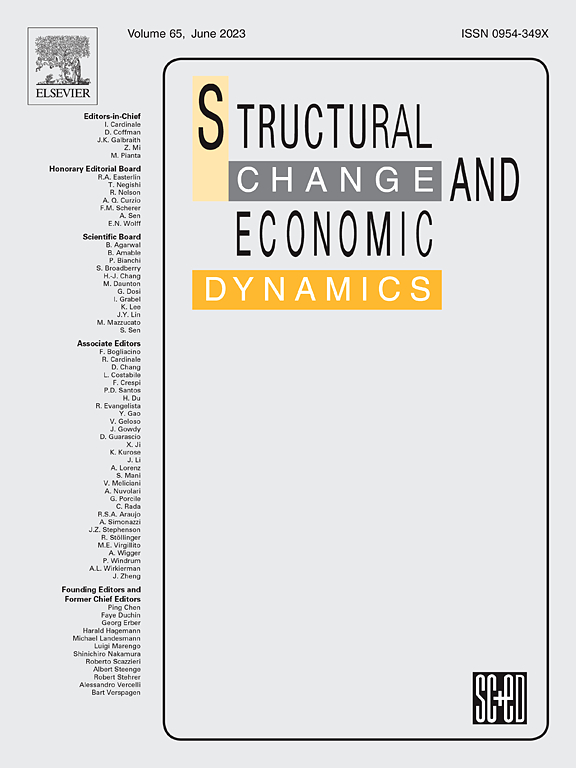A path towards China's energy justice: Is government intervention absolutely necessary?
IF 5
2区 经济学
Q1 ECONOMICS
引用次数: 0
Abstract
With the accelerated pace of the global energy transition, energy justice has become a focus of international attention. However, the greatest challenge to achieving energy justice may be the absence of comprehension of energy governance in other countries. To address this gap in the literature, this paper initially uses the improved entropy method to measure and analyze the level of energy justice in 30 provinces in China from 2004 to 2017. Then, using panel OLS, the mediating effect model, and the Spatial Durbin Model, the paper examines the impact and mechanism of government intervention on energy justice in China. The findings indicate that: (1) Government intervention has a significant positive impact on energy justice. The result remains robust following the application of IV-2SLS, System GMM, and placebo tests to address endogeneity. (2) The mechanism analysis indicates that the government can indirectly promote energy justice by adjusting credit allocation. (3) Due to the inter-provincial competition effect, demonstration effect, and the externalities of energy itself, the increase in the degree of local government intervention will have a positive impact on energy justice in spatially adjacent regions. (4) Heterogeneity analysis shows that the impact of government intervention on energy justice is more pronounced in northern regions due to differences in resource endowments and economic structures; the contribution of government intervention to energy justice is mainly reflected in improving energy accessibility. Finally, the article suggests that the government should create a comprehensive energy governance system, focus on credit allocation, and establish a regional coordination mechanism for energy governance to promote the ultimate realization of energy justice.
中国能源公平之路:政府干预是否绝对必要?
随着全球能源转型步伐的加快,能源正义问题已成为国际社会关注的焦点。然而,实现能源公正的最大挑战可能是缺乏对其他国家能源治理的理解。为了解决这一文献空白,本文首先采用改进的熵值法对2004 - 2017年中国30个省份的能源公平水平进行测度和分析。运用面板OLS、中介效应模型和空间Durbin模型,分析了中国政府干预对能源公平的影响及其机制。研究结果表明:(1)政府干预对能源公平具有显著的正向影响。在应用IV-2SLS、System GMM和安慰剂测试来解决内生性问题后,结果仍然稳健。(2)机制分析表明,政府可以通过调节信贷配置间接促进能源公平。(3)由于省际竞争效应、示范效应和能源本身的外部性,地方政府干预程度的提高将对空间相邻区域的能源公平产生正向影响。(4)异质性分析表明,由于资源禀赋和经济结构的差异,政府干预对能源公平的影响在北方地区更为显著;政府干预对能源公平的贡献主要体现在提高能源可及性上。最后,提出政府应构建综合能源治理体系,注重信用分配,建立区域能源治理协调机制,促进能源正义的最终实现。
本文章由计算机程序翻译,如有差异,请以英文原文为准。
求助全文
约1分钟内获得全文
求助全文
来源期刊

Structural Change and Economic Dynamics
ECONOMICS-
CiteScore
9.60
自引率
4.90%
发文量
159
期刊介绍:
Structural Change and Economic Dynamics publishes articles about theoretical, applied and methodological aspects of structural change in economic systems. The journal publishes work analysing dynamics and structural breaks in economic, technological, behavioural and institutional patterns.
 求助内容:
求助内容: 应助结果提醒方式:
应助结果提醒方式:


